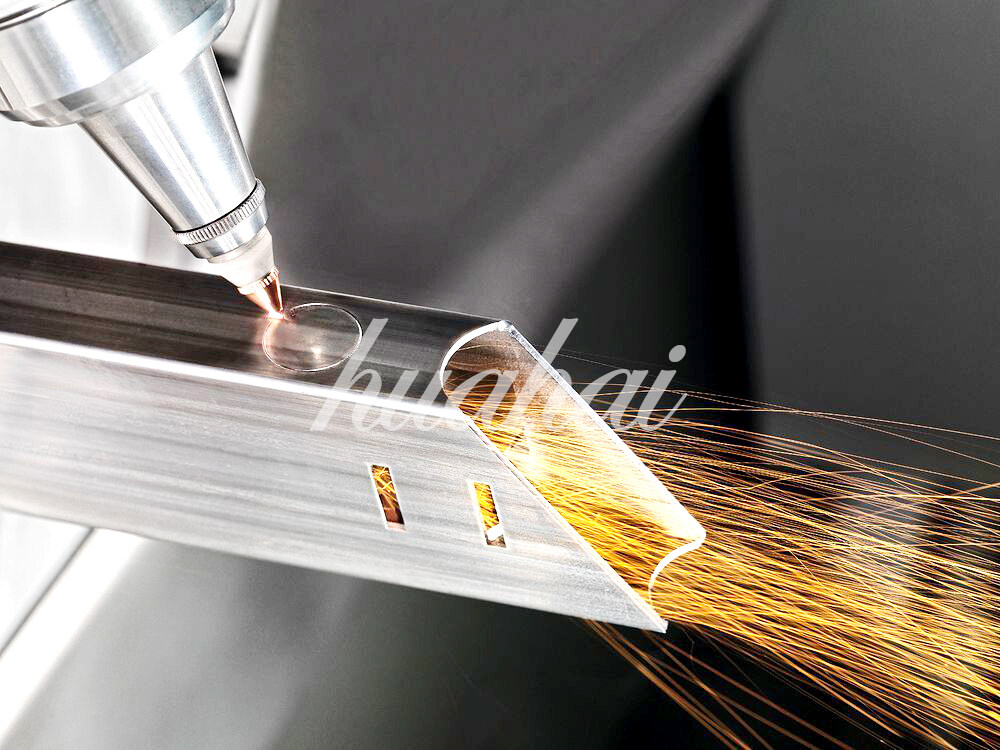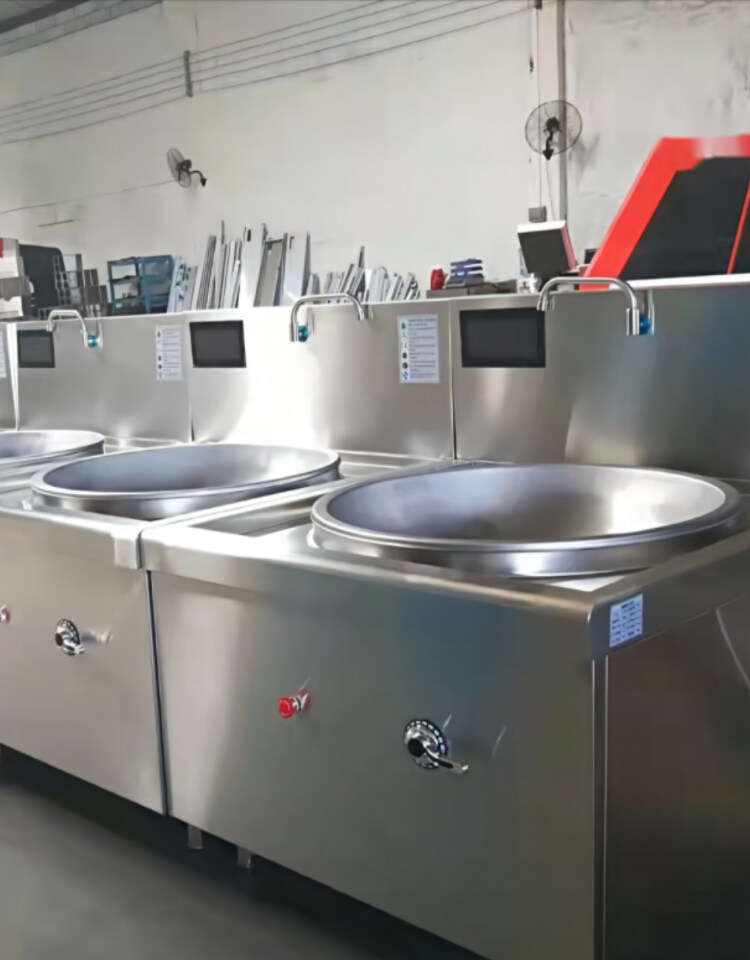Email format error
Email cannot be empty
Email already exists
6-20 characters(letters plus numbers only)
The password is inconsistent
Email format error
Email cannot be empty
Email does not exist
6-20 characters(letters plus numbers only)
The password is inconsistent

Sheet Metal Cnc Laser Cut Exporter Factory

The Evolution and Benefits of CNC Metal Cutting Machines: A Comprehensive Guide
In the modern industrial landscape, precision and efficiency are crucial, especially when it comes to metal cutting. Over the past few decades, the advent of CNC (Computer Numerical Control) technology has revolutionized the way we approach metal fabrication. This blog delves into the evolution, benefits, and practical considerations of CNC metal cutting machines, providing insights for both industry professionals and enthusiasts. If you're in the market, you might also be interested in exploring options like a CNC metal cutting machine for sale.
The Evolution of CNC Metal Cutting Technology
The story of CNC metal cutting machines begins with the development of numerical control (NC) machines in the 1940s and 1950s. These early machines relied on punched tape or cards to control their operations. The transition from NC to CNC occurred in the 1970s, driven by advancements in computer technology. CNC machines use computers to control the movement of tools and machinery, enabling highly precise and automated metal cutting processes.
In the early days, CNC machines were large, expensive, and primarily used in aerospace and automotive industries. However, technological advancements have led to the development of more affordable, versatile, and compact CNC metal cutting machines. Today, these machines are widely available and used across various industries, including manufacturing, construction, and artistic applications.
Types of CNC Metal Cutting Machines
CNC metal cutting machines come in several types, each designed for specific applications and materials. Here are some of the most common types:
CNC Plasma Cutters: These machines use a high-velocity jet of ionized gas (plasma) to cut through metal. They are ideal for cutting thick metal sheets and plates with high speed and precision. CNC plasma cutters are commonly used in the automotive and construction industries.
CNC Laser Cutters: CNC laser cutting machines use a laser beam to cut or engrave metal surfaces. They are known for their precision and ability to handle intricate designs. Laser cutters are widely used in industries where high-quality finishes and detailed cuts are required, such as in aerospace and electronics.
CNC Waterjet Cutters: Waterjet cutting machines use a high-pressure stream of water mixed with abrasive materials to cut metal. This method is versatile and can cut through a wide range of materials, including metals, stones, and composites. Waterjet cutting is favored for its ability to cut complex shapes and reduce thermal distortion.
CNC Millers and Lathes: CNC milling machines use rotary cutters to remove material from a workpiece, while CNC lathes rotate the material to cut it into desired shapes. Both types are used for creating precise metal parts and components. They are essential in manufacturing processes that require high accuracy and detailed work.
The Advantages of CNC Metal Cutting Machines
CNC metal cutting machines offer numerous advantages over traditional manual cutting methods. Here are some key benefits:
Precision and Accuracy: CNC machines can achieve extremely precise cuts with minimal tolerances. This level of accuracy is essential for producing high-quality parts and components, particularly in industries where even slight deviations can have significant impacts.
Consistency and Reproducibility: Once a CNC machine is programmed, it can produce identical parts consistently. This reproducibility is crucial for mass production and ensures that each piece meets the same specifications.
Automation and Efficiency: CNC machines automate the cutting process, reducing the need for manual labor and increasing production efficiency. They can operate continuously, allowing for high-volume production without sacrificing quality.
Complex Geometries and Intricate Designs: CNC technology allows for the creation of complex geometries and intricate designs that would be challenging or impossible to achieve with manual methods. This capability is particularly valuable for industries that require custom or detailed parts.
Reduced Waste and Improved Material Utilization: CNC machines optimize cutting paths to minimize material waste. This efficiency not only reduces costs but also supports environmentally friendly practices by maximizing the use of raw materials.
Enhanced Safety: CNC machines are designed with safety features to protect operators from hazards associated with metal cutting. Enclosures, automatic shut-offs, and remote controls contribute to a safer working environment.
Choosing a CNC Metal Cutting Machine for Sale
If you're considering investing in a CNC metal cutting machine, it's essential to understand your specific needs and requirements. Here are some factors to consider when evaluating options:
Material Types and Thickness: Determine the types of metals and their thicknesses that you'll be working with. Different CNC machines are optimized for various materials and thicknesses, so choose a machine that aligns with your needs.
Cutting Precision and Tolerance: Assess the level of precision required for your projects. CNC machines vary in their cutting accuracy, so select a machine that meets the specifications needed for your applications.
Machine Size and Workspace: Consider the size of the machine and the workspace available in your facility. Ensure that the machine's dimensions fit within your workshop and that it provides adequate workspace for your projects.
Software and Programming: Look into the software used for programming the CNC machine. User-friendly software with advanced features can simplify the design and cutting process. Additionally, ensure that the machine's programming capabilities align with your project requirements.
Maintenance and Support: Evaluate the manufacturer's support and maintenance services. Reliable customer support and accessible maintenance options are crucial for keeping the machine in optimal condition and minimizing downtime.
Budget and Cost: CNC metal cutting machines come in a range of prices, from affordable entry-level models to high-end, feature-rich machines. Consider your budget and weigh the cost against the benefits and features of the machine.
Brand and Manufacturer Reputation: Research different brands and manufacturers to find reputable and reliable options. Reviews, testimonials, and industry reputation can provide valuable insights into the quality and performance of the machines.
Future Trends in CNC Metal Cutting
As technology continues to advance, the future of CNC metal cutting is poised for exciting developments. Here are a few trends to watch:
Integration with AI and Machine Learning: The integration of artificial intelligence (AI) and machine learning with CNC technology has the potential to enhance machine performance, improve accuracy, and optimize cutting processes. AI-driven algorithms could enable predictive maintenance and adaptive cutting strategies.
Advancements in Automation and Robotics: The use of robotics and advanced automation in conjunction with CNC machines is expected to increase. Collaborative robots (cobots) and automated material handling systems could further streamline production and reduce labor costs.
Sustainability and Eco-Friendly Practices: The industry is moving towards more sustainable practices, including energy-efficient machines, reduced material waste, and environmentally friendly cutting processes. Future CNC machines may incorporate green technologies to minimize their environmental impact.
Enhanced Connectivity and IoT Integration: The Internet of Things (IoT) is likely to play a significant role in the future of CNC metal cutting. Enhanced connectivity and data sharing could enable real-time monitoring, remote control, and more efficient production management.
Conclusion
CNC metal cutting machines have transformed the way we approach metal fabrication, offering precision, efficiency, and versatility. From plasma and laser cutters to waterjet and milling machines, each type of CNC metal cutting machine has its unique advantages and applications. Whether you're looking for a CNC metal cutting machine for sale or simply interested in the technology's evolution, understanding the benefits and considerations can help you make informed decisions.
As technology continues to advance, CNC metal cutting machines will likely become even more sophisticated and capable, driving innovation across industries and pushing the boundaries of what is possible in metal fabrication. Whether you're a seasoned professional or new to the field, staying informed about these developments can provide valuable insights and opportunities for growth.

